Nishat Bagh Kashmir
Overview
A very well-known garden of Srinagar is Nishat Bagh which draws many tourists every year. There are twelve terraces in the garden, each symbolizing a sign of the zodiac. The terraces are surrounded by flowerbeds, cypress trees, and chinar trees and are joined by a central water channel. The garden attracts people due to various factors that also include its historical significance, architectural style, garden design, lush, green surroundings, strikingly colored flowers, and more. The Urdu word “Nishat Bagh” means “Garden of Delight,” “Garden of Joy,” or “Garden of Gladness” or “Garden of Bliss.” Kashmir is renowned for its gardens, which have an abundance of vibrant flowers, several maple trees, and refreshing fountains. Other popular tourist locations include gardens like Shalimar Bagh, Nasim Bagh and Chashmashahi which are situated close to the scenic Dal Lake and lovely hills and Nishat Bagh is the second largest Mughal Garden in the Kashmir Valley, after Shalimar Bagh. A charming water feature meanders around the garden that offers a cool spot to cool off while exploring the dense foliage. The best time to visit Srinagar is summer season, weather is pleasant and wonderfull during the time of summer.
Nishat bagh Kashmir receives clean water from Gopi Tirth, the small fountain behind it. A wonderful chance to ride a Shikara amid blooming flower beds, trees, fountains, and other attractions is provided by Nishat Garden. In addition to offering guests scenic vistas, the park also offers retail options. Asif Khan, the oldest brother of Empress Noor Jahan, constructed the Nishat Garden, which was inaugurated in 1633 AD. Asif Khan also created the gardens’ plan. Currently, the Jammu and Kashmir Tourism Department owns the garden and oversees managing and Garden of Nishat.
For smooth and safe ride, consider: Taxi service in Srinagar.
Historical Significance Of Nishat Bagh
The history of Nishat bagh mughal garden Kashmir completion is highly fascinating. When the Nishat Garden was completed then Asif Khan who designed the garden asked his brother-in-law, Emperor Shah Jahan to see it. The emperor was enthralled with Nishat Bagh’s beauty and thanked Asif Khan and his father-in-law for creating such a lovely garden. He had an internal desire for them to give the garden to him as a gift, but they didn’t, which infuriated the Emperor. Thus, Shah Jahan gave the order to cut off the garden’s water supply which came from Shalimar Garden which lies near Nishat Bagh. It was heartbreaking to see the entire garden abandoned as the plants began to dry out without water. One day, Asif Khan was lying down beneath a shade tree on a garden terrace and looked quite dejected. Upon witnessing his broken heart, one of his servants mustered the bravery to unlock the garden’s water supply source.
Asif Khan heard water running through the garden, he gave his servant the order to turn off the water so that Shah Jahan wouldn’t become enraged over the occurrence. Upon learning of Asif Khan’s and his servant’s actions, Emperor Shah Jahan was not displeased but rather gave them instructions to open the water supply to the garden and expressed gratitude for their allegiance.
For spring blossoms, visit Kashmir in april month.
Architecture of Nishat Bagh
Nishat Bagh follows the traditional Persian Chahar Bagh layout. It is a garden whose design is inspired by the Quranic vision of paradise with four rivers- of wine, honey, milk, and water. Typically, a chahar bagh is symmetrically divided into four sections by water channels pouring from a central source. However, Nishat Bagh’s design was adapted to suit the sloping terrain of the Dal Lake region since it is located on the eastern side of the lake.
Unlike most Mughal gardens located on flat surfaces, Nishat Bagh’s water source is positioned at its highest point rather than at the center. This resulted in an asymmetrical layout. While one primary water channel dominates, the other streams are reduced. The garden is about 544 meters in length and 329 meters in width. It extends from an elevated eastern section down to the lake’s edge on the west.
Since it was not an imperial garden, Nishat Bagh had a less rigid structure compared to other royal Mughal gardens of Kashmir. It was divided into two main sections. The first one was the public pleasure garden. The private zenana, a secluded area for women of Asaf Khan’s household, was the other section. This division made Nishat Bagh unique and distinct. It resulted in blending Mughal grandeur with a more relaxed and intimate layout suited to its non-royal patronage.
location, timings and entry entry fee for nishat bagh (100 words)
Location: Nishat Bagh is located on the eastern bank of Dal Lake in Srinagar, Jammu and Kashmir. It is about 20 kilometres from the Srinagar Airport and about 11 kilometres from the main city centre.
Timing: The timing of the Nishat Bagh, Srinagar is 9AM to 7PM. It is closed for tourists around sunset.
Entry Fee: The entry fee of Nishat Bagh is about INR 30 per person.
For snow-covered mountains and landscapes, visit december in Kashmir.
Things to Know Before Visiting Nishat Bagh
- The best time to visit Nishat Bagh in particular is during evenings especially in summers. In months like May, June and July, the daytime weather can be very warm and you might not enjoy the visit that much. Evening visits offer cool and pleasant weather.
- There are no restaurants or eateries found inside the garden. Bring snacks, water bottles to enjoy during the garden tour.
- You can also hire a local guide to get a deep insight into the history of the Mughal Garden.
- Skip the weekends and plan the visit on weekdays instead. You will have a peaceful experience as less crowd is seen.
- If you are looking for photographic opportunities in the Nishat Garden, make sure to visit there either early in the morning or evening. There are fewer crowds and you can get gorgeous clicks during golden hours.
- Photography is allowed without any additional charges. Bring photography gears like camera, tripod, lenses, etc.
- For thrilling adventure in Gulmarg, try: Gulmarg Ski.
Popular Kashmir Tours
7D/ 6N
6D/ 5N
5D/ 4N
7D/ 6N
Attractions Near Nishat Bagh
Dal Lake
Dal Lake is well-known throughout the entire state of Jammu & Kashmir, not only in Srinagar which offers delightful treats for those who enjoy the outdoors. There’s no way you can fit this into your itinerary when you visit Srinagar. The lake is 18 square kilometers in total size and the Jhelum River serves as this lake’s primary water source. Dal Lake boasts an abundant array of flora and fauna. Fish of all kinds can be found in this lake. Jammu’s fishing industry, which is regarded as the second largest in India, is reported to be entirely dependent on Dal Lake.
Dal Lake boasts about its breathtaking views of the surrounding snow-capped mountains, tall rolling hills, silent shikara rides, and a perfectly poised houseboat that stands motionless. One of Dal Lake’s main attractions is the canopied Shikaras sailing on the lake. The greatest lodging choice in Srinagar for tourists is undoubtedly the houseboats on the lake, which are also a major draw. It also draws anglers due to its abundance of fish, including carp. The floating flower and vegetable market is also a must-see location.
- Entry Fee: No entry fee
- Timings: Open 24 hours
- Time Required: 2-4 hours for a Shikara ride
Shalimar Garden
The largest Mughal Garden in the Kashmir valley is Shalimar Garden, which is also known as Shalimar Bagh is one of the best places to visit in Srinagar.The bagh was constructed by Mughal Emperor Jahangir for his wife, Empress Noor Jahan. “Adobe of Love” is how the Sanskrit term Shalimar is derived. Situated on the right side of Dal Lake and can be known by other names like Shalamar Garden or Bagh, Faiz Baksh, and Farah Baksh. The Persian architectural style serves as an inspiration for the garden’s layout and the main draw is its water feature, which is situated in the middle of a square of ground.
The garden is divided into three terraces. The first is intended for average folks. The second terrace is reserved for exclusive use. The third deck is reserved for dignitaries and guests. This garden exemplifies the Mughals’ exceptional skill in horticulture. Currently, the tourism department of Jammu and Kashmir owns and operates the garden.
- Entry Fee:
- Timings: 9:30 AM – 6:30 PM
- Time Required: 1-2 hours.
Pari Mahal
Another well-known tourist attraction in Srinagar is Pari Mahal which is situated on top of the Zabarwan mountain range and runs near Dal Lake with seven terraces offering sweeping views. Another name for it is the “house of fairies.” The entire area is magnificently seen from this mahal. The buildings and monuments found in these locations serve as examples of the Mughals’ exquisite architectural design and their success in the realm of garden architecture.
Dara Shikoh, who is Shah Jahan’s son, built the gardens that are attached to this location. The garden’s many fruit trees and lovely floral plants have made it quite popular. The garden is currently owned and operated by the Jammu and Kashmir state government. Sunrise or sunset are the ideal times to see Pari Mahal. You can see the sky to an infinite extent and easily catch the stunning sunlight.
- Entry Fee: INR 20 for adults
- Timings: 9:30 AM – 7:30 PM
- Time Required: 1-2 hours
Indira Gandhi Memorial Tulip Garden
Known as the Indira Gandhi Memorial Tulip Garden, this tulip garden is the biggest in all of Asia. Tulip Garden is a well-known tourist destination that is situated in the Srinagar area. There are around seventy different varieties of tulips in this garden. These cultivars are grown in this garden after being brought over from Holland. This garden is precisely situated near the well-known Dal Lake, beneath the Zabarwan Range’s slopes. This garden hosts an annual Tulip Festival during the month of April. The primary objective of this event is to raise awareness of all the latest flower kinds.
The placement of this garden is its most intriguing feature. Tulip Garden, which is about 5,000 feet above sea level, is a breathtaking panoramic area. Travelers find this garden to be wonderful because of the vibrant blooms, the surrounding mountains, and the tranquil atmosphere.
- Entry Fee: INR 60 for adults, INR 25 for children
- Timings: 9:00 AM – 7:00 PM (Open only during the blooming season March-April)
- Time Required: 1-2 hours
Chashme Shahi
One of the most well-liked tourist spots in Jammu and Kashmir is the Chashme Shahi Garden, a typical Mughal garden constructed by Mughal Emperor Shah Jahan beside the banks of Dal Lake. Chashme Shahi means “The Royal Spring.” This park is also close to “Raj Bhawan,” the governor’s residence in Jammu and Kashmir. Other than Shalimar and Nishat gardens, Chashme Shahi is one of the three Mughal gardens in Srinagar. The three Mughal gardens are situated near the Zabarwan hills on the left bank of Dal Lake. Of these, Chashme Shahi is the smallest, ranking first in terms of area after Shalimar Garden and Nishat Garden. The garden features a lovely arrangement of a few uncommon flower varieties, including poplin, dog flower, gardenia, purple roses, and poppies.
It is strongly forbidden for guests to handle or remove flowers from the garden. Periodically, there are dance and light exhibitions held within the garden premises, which are highly anticipated. The garden’s unique elements include the rocks, verdant lawns, and striking blooms. The garden is currently owned and run by the tourism department of Jammu & Kashmir.
- Entry Fee:
- Timings: 9:00 AM – 7:00 PM
- Time Required: 1-2 hours
Shankaracharya Temple
This temple is regarded as one of Kashmir’s oldest. Situated on Shankaracharya Hill, which is approximately 1100 feet above sea level, lies the Shankaracharya Temple. It was constructed by Raja Gopal and a A Dogra king named Maharaja Gulab Singh built the temple’s staircases. Lord Shiva is honored in this temple and a large number of people come to visit the temple. The Shankaracharya Temple is significant because it has a great deal of religious significance.
Due to its fascinating architecture and continued popularity, this temple is significant from an archaeological standpoint as well. The entire area is magnificently seen from this temple. Observing Srinagar, the stunning city, from this height is pure bliss to devotees. It’s currently one of India’s most important pilgrimages. Travelers on the Amarnath Yatra also come here.
- Entry Fee: No entry fee
- Timings: 8:00 AM – 5:00 PM
- Time Required: 1-2 hours
Hazratbal Shrine
This is where Subedar Sadiq Khan, the Mughal Emperor had built a garden in the 17th century and then named it as Ishrat Mahal. When the Holy Relic originally arrived in Kashmir, it was housed at Naqashbad Sahib, during the reign of Aurangzeb and then moved to Hazratbal Mosque. This mosque’s primary significance lies in the fact that the prophet Muhammad’s hair resides inside. In general, this is not shown to the public unless there is a special occasion or day.
This is displayed on certain days when the mosque hosts festivals and religious events. The Friday prayers held at this mosque holds additional significance. Individuals come together from various locations to participate in the prayer. The only domed mosque in Srinagar is called Hazratbal Mosque.
- Entry Fee: No entry fee
- Timings: 9:30 AM – 5:30 PM
- Time Required: 1 hour.
Nigeen Lake
Connected to Dal Lake via a narrow causeway, Nigeen Lake is a deep blue lake located in Srinagar which is situated at the base of the Zabarwan Mountain and to the east of Srinagar. The view of the lake is surrounded by Hari Parbat on the west and Shankaracharya Hill on the south with gorgeous willow and poplar trees encircling it. The towns of Baghwanpora and LalBazar are to the north and west of it, while Hazratbal, which is home to a well-known shrine, is to the northeast. There are lots of poplar and willow trees all around the Nigeen Lake.
As a result, it is now known as “the jewel in the ring,” or a “nageena.” The word “nigeen” is a dialect of the original term. Many houseboats and shikaras are seen on Nigeen lake which make visitors spend their quality time. This lake is less crowded and offers more solitude than Dal Lake. In addition to renting a houseboat and taking a shikara trip, guests can enjoy water skiing, sailing.
- Entry Fee: No entry fee
- Timings: Open 24 hours
- Time Required: 2-4 hours for a Shikara ride
Dachigam National Park
Located at a distance of 22 km from Srinagar, the Dachigam National Park is a significant and well-known wildlife sanctuary that preserves wildlife. This Wildlife Sanctuary occupies 141 square kilometers in total. The name of the sanctuary originates from what is thought to have been ten villages that once stood there but were altered by the wildlife reserve for an area of 141 sq. km. Founded by Maharaja Pratap Singh the Wildlife Sanctuary is primarily covered in coniferous woodland and the vegetation primarily consists of meadows, grasslands, vibrant flowers, and many other plants. Travelers are drawn to the Wildlife Sanctuary by the natural spring that flows through it.
The Kashmir Stag, also known as Hangul, is the most endangered species of wildlife found in Dachigam Wildlife Sanctuary. The Himalayan brown bear, jungle cat, leopard, and many more species can be found in this wildlife sanctuary. Chough, Wagtail, Koklass Pheasant, Redstart, Himalayan rubythroat, and numerous other birds’ species can be spotted here.
- Entry Fee: INR 25 for Indians, INR 300 for foreigners
- Timings: 9:30 AM – 5:00 PM (Closed on Sundays)
- Time Required: 3-4 hours
Nishat Bagh Vs Shalimar Bagh
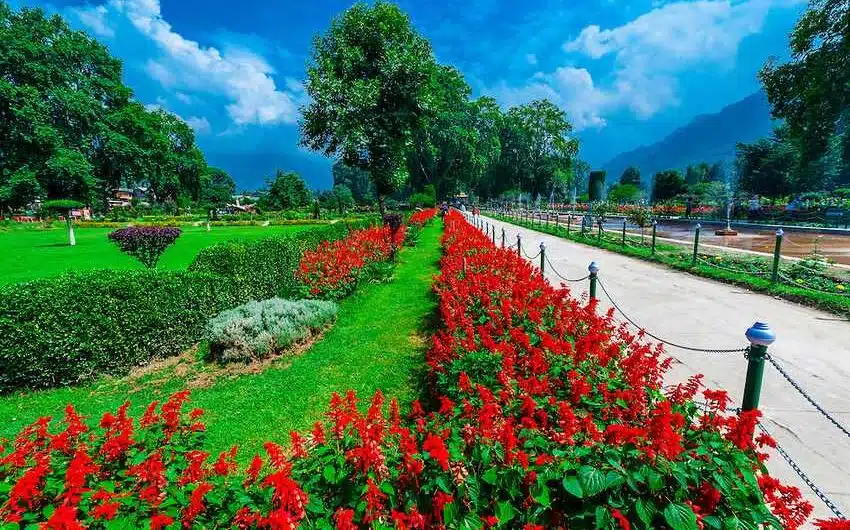
Nishat Bagh and Shalimar Bagh are very well-known Mughal gardens of Srinagar which have its own features and historical importance. Shalimar garden is the largest which is located on the bank of Dal Lake while the second largest is Nishat Bagh Srinagar Kashmir which is situated at the eastern side of the Dal Lake. Nishat Bagh which translates to “Garden of Joy,” is well-known for its terraced design by Asif Khan that slopes down into Dal Lake and provides breathtaking views of the lake and the Zabarwan Mountains.
While Emperor Jahangir constructed Shalimar Bagh for his wife Noor Jahan often known as “Abode of Love.” It is well known for both the romance surrounding its construction and its magnificent Mughal architecture. There are 12 terraces at Nishat that symbolizes the signs of the zodiac with beautiful flower beds, chinar trees around.
And there are 3 terraces at Shalimar where the first terrace is referred to as the public garden, the second as the garden of the emperor, and the third, and most exclusive, as the women’s garden or zenana. Shalimar Bagh is a representation of Mughal grandeur and love, with its exquisite water channels, peaceful atmosphere, and lovely pavilions
Essential Information For Nishat Bagh Kashmir
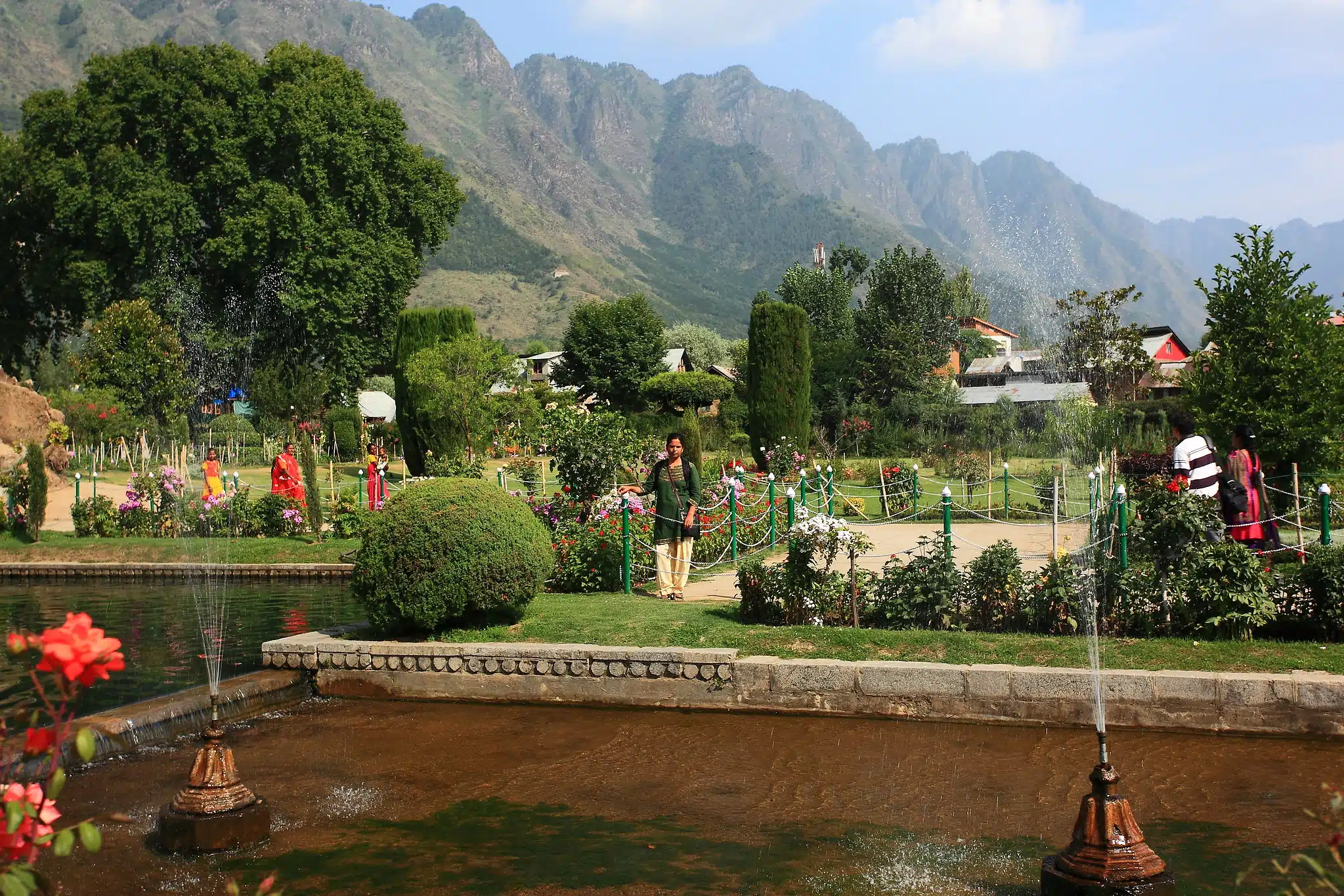
How To Reach Nishat Bagh
The closest train station is the Srinagar Railway Station, which is roughly 21 kilometers away. Jammu Tawi Railway station is 300 kms away and hire a cab or taxi to reach Srinagar and the closest airport is Sheikh ul Alam International Airport Srinagar which is 24 kms away. From the famous Lal Chowk market it Is 11 kms away which is situated from the center of the city.
For a day of sightseeing in Srinagar, renting a private cab from Kashmir taxi service is the best option because it will let you view all the major attractions, such as Nishat Garden, Shalimar Garden, Pari Mahal, and Chashma Shahi. You can also take a shikara ride over Dal Lake to reach Nishat Bagh for a more picturesque option.
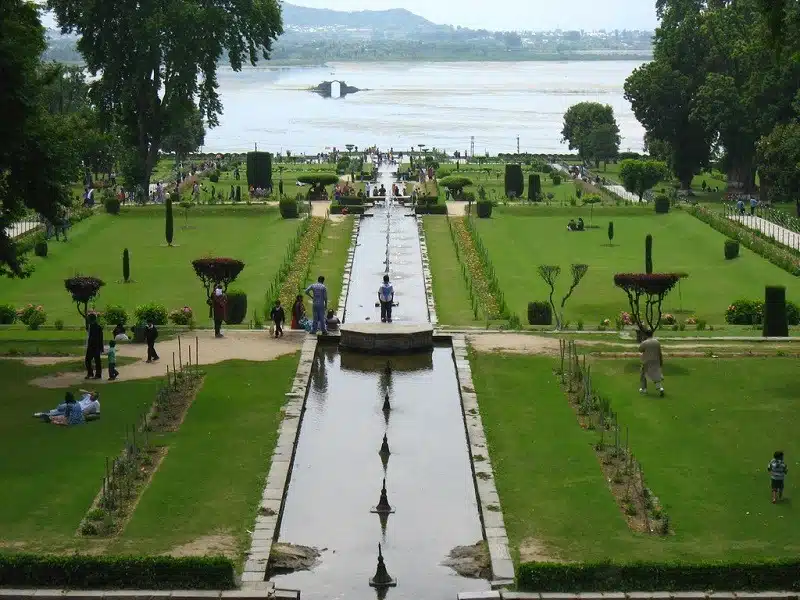
Best Time to Visit Nishat Bagh
When the weather is mild and pleasant, spring (March to May) or fall (October to November) are the ideal times to go to Nishat Bagh which is one of the most stunning locations in Kashmir, a magnificent Mughal Garden situated on the shores of the well-known Dal Lake in Srinagar. During the springtime many vibrant flowers bloom, and the chinar trees also create a rich and vibrant background.
These months offer nice moderate temperatures, usually between 10-20̂℃ which allow guests to comfortably explore the carefully designed gardens, water channels, and cascading terraces. In addition, Navroz, or the Persian New Year, which is celebrated with great delight and culture in this area is observed by the arrival of spring.
With temperatures ranging from 15°C to 25°C, the weather is still pleasant and warm. Also, you can visit during the summers and enjoy the stunning sunset while you take a walk in the garden. In the winters generally it is covered with snow which also gives another beautiful experience.
FAQ's
What is Nishat Bagh famous for?
Renowned for its magnificent, tiered design, magnificent views of the Zabarwan Mountains and Dal Lake, and verdant surroundings with colorful flower beds, stately chinar trees, and bubbling fountains, Nishat Bagh Kashmir is a garden of beauty. It is among Kashmir’s best specimens of Mughal Garden architecture and the second largest after Shalimar Bagh.
What are the sections of Nishat Bagh?
Twelve terraces make up Nishat Bagh, each one symbolizing one of the Zodiac signs. These terraces flow towards Dal Lake; on each level are expertly tended gardens, water features, fountains, and covered walkways that combine to create a pleasing composition of architectural grace and natural beauty.
What is the best time to visit Nishat Bagh?
The spring and summer months of April to October are the ideal times to visit Nishat Bagh Srinagar Kashmir since the flowers are in full bloom, the weather is comfortable, and the garden’s vivid colors and lush foliage are at their optimum, making for an enchanted experience.
How big is Nishat Bagh?
Nishat garden is one of largest mughal garden in Kashmir. It spans around 19 hectares (46 acres) . Renowned for its breathtaking beauty, the garden offers the stunning views of the Dal lake.
Which is the largest garden in Kashmir?
The largest Mughal Garden in Kashmir is Shalimar Bagh. It is larger and more architecturally spectacular than other gardens in the area, and its enormous scale, historical significance, and elaborate design make it a popular tourist destination.
Who built Nishat Bagh?
Asif Khan, the older brother of Noor Jahan, the Mughal Emperor Jahangir’s wife, constructed Nishat Bagh. The garden is an important historical and cultural site since it was created to capture the majesty of Mughal architecture and landscape design.



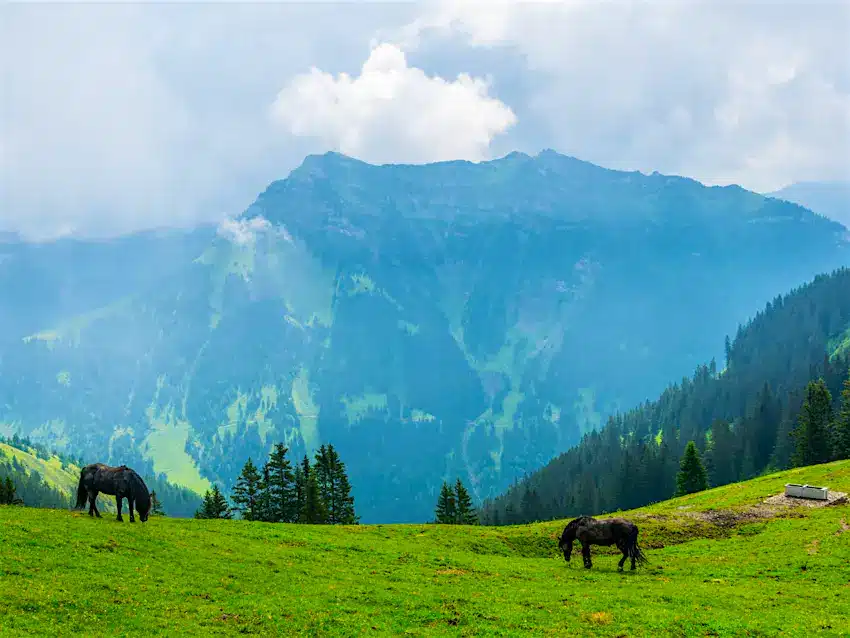

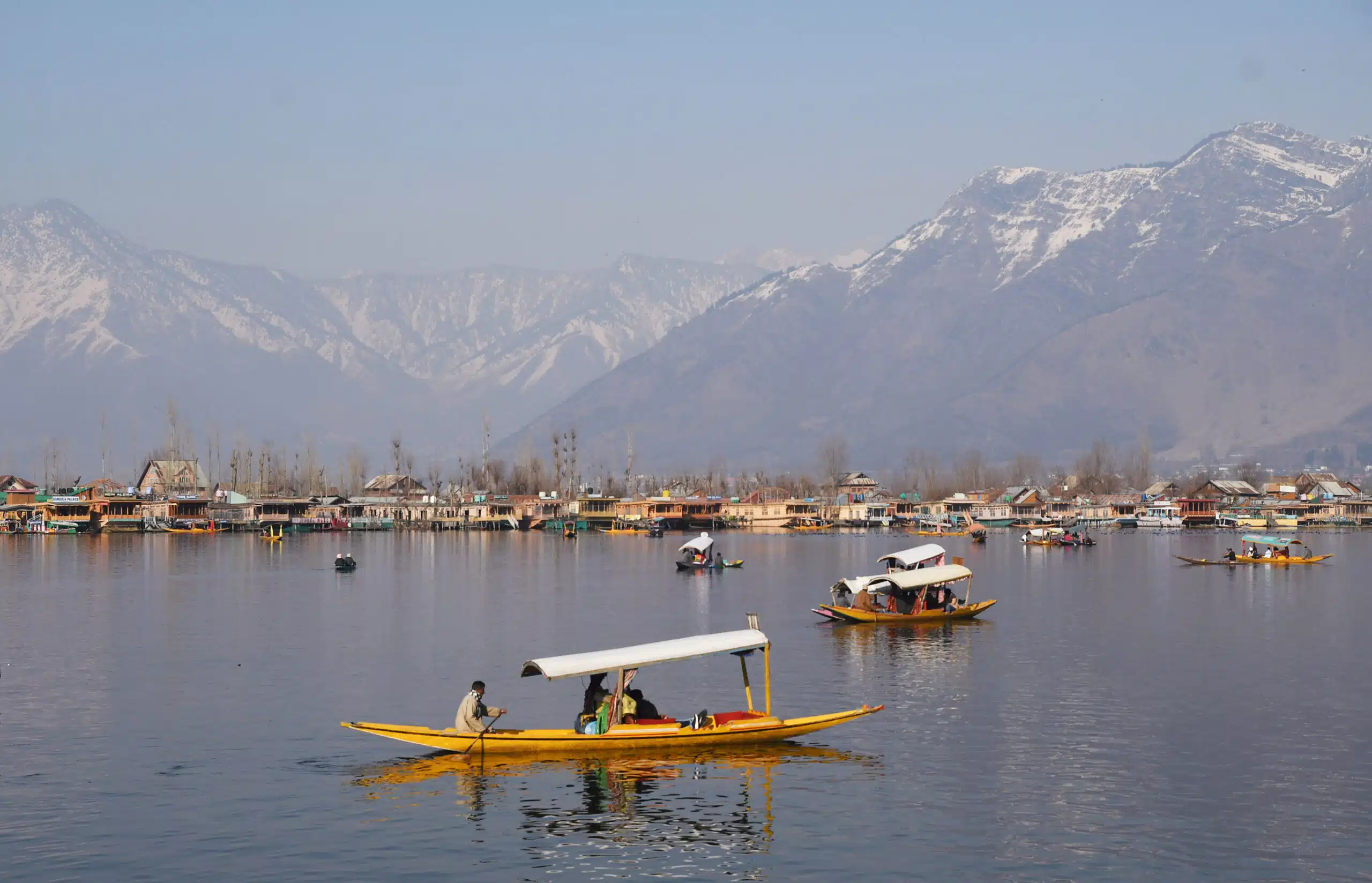
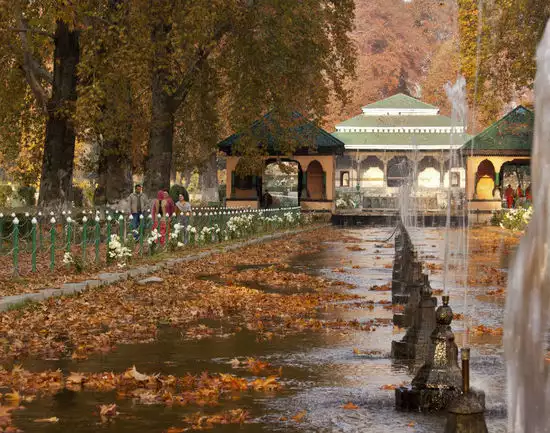

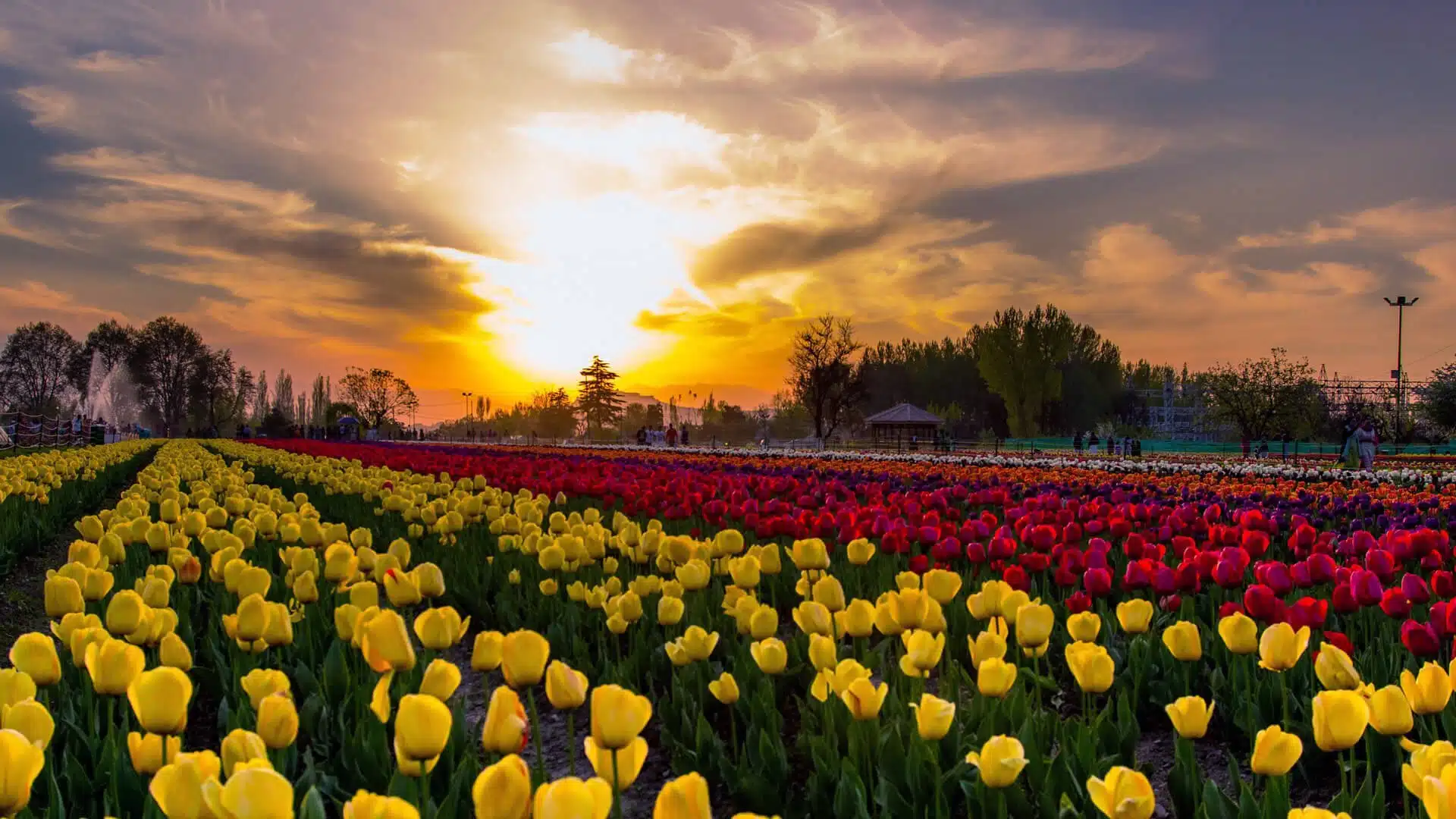
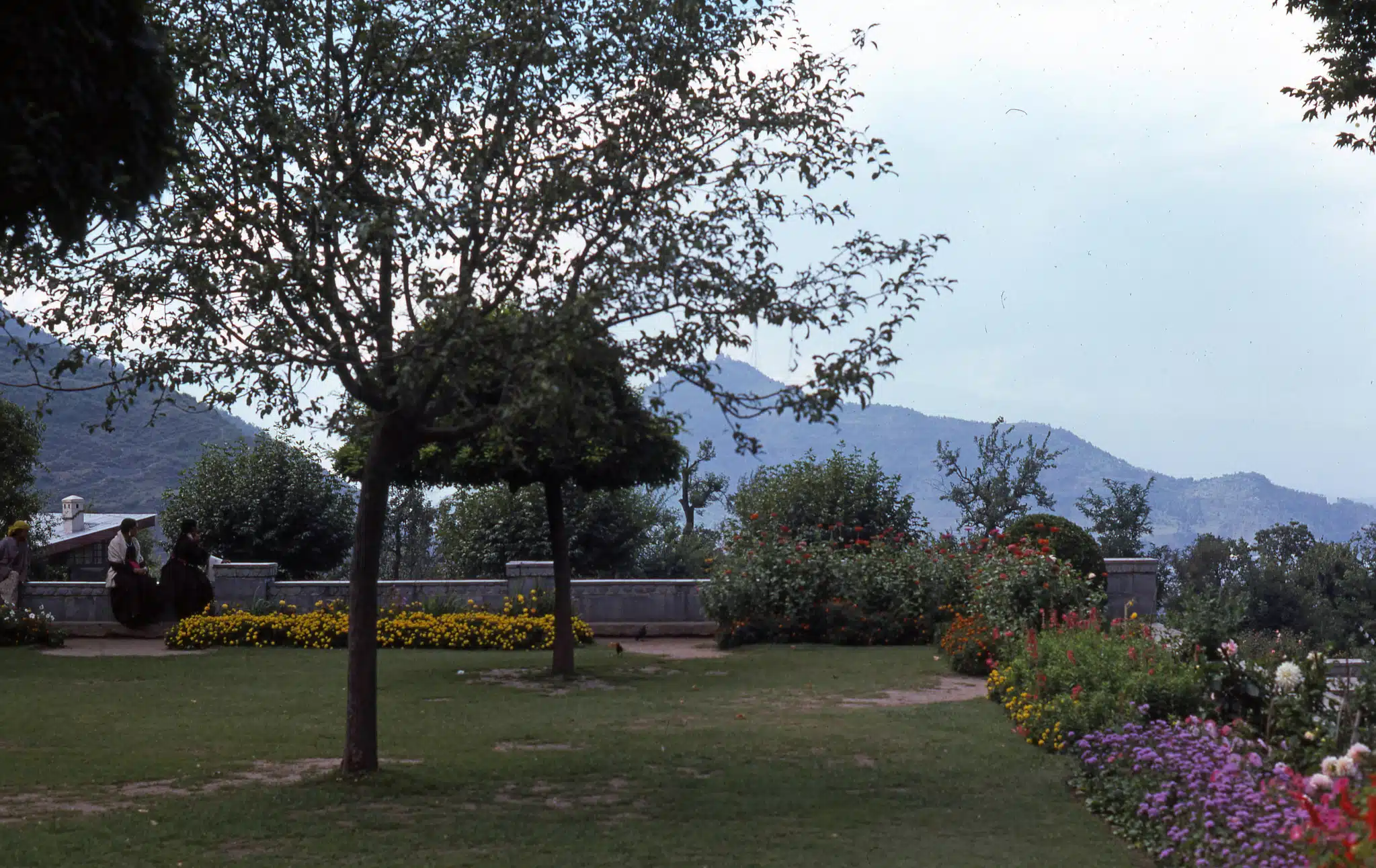
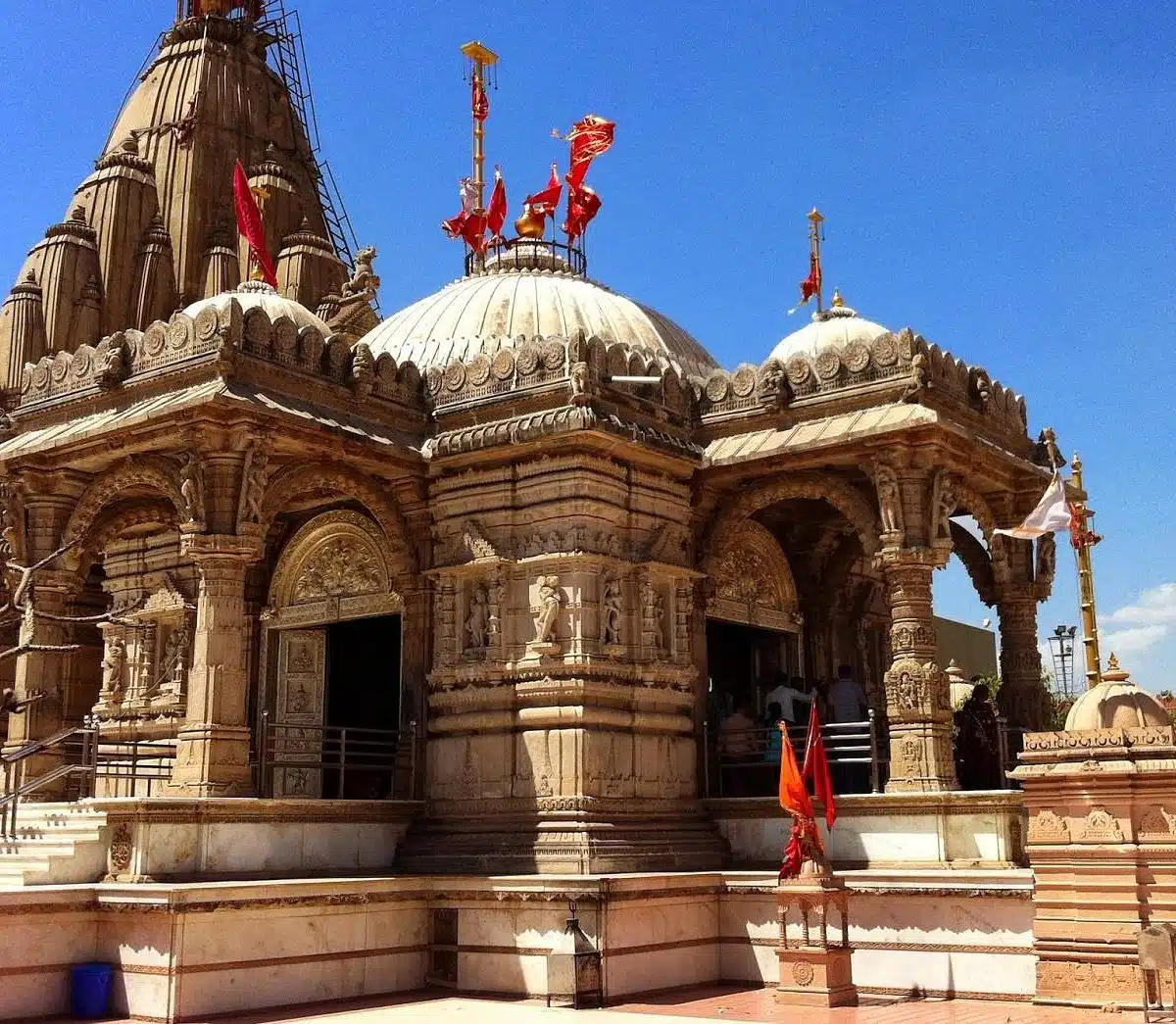
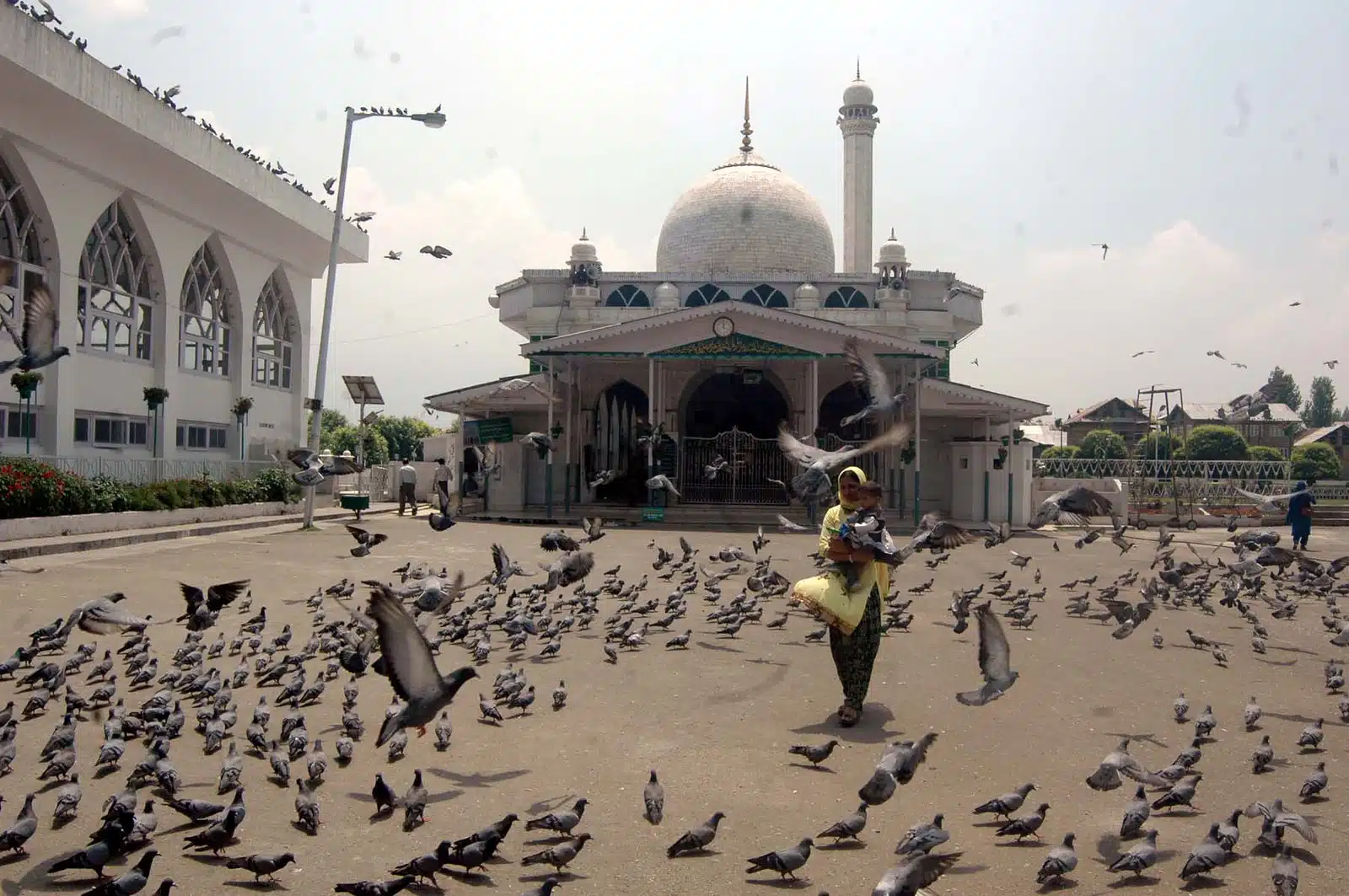
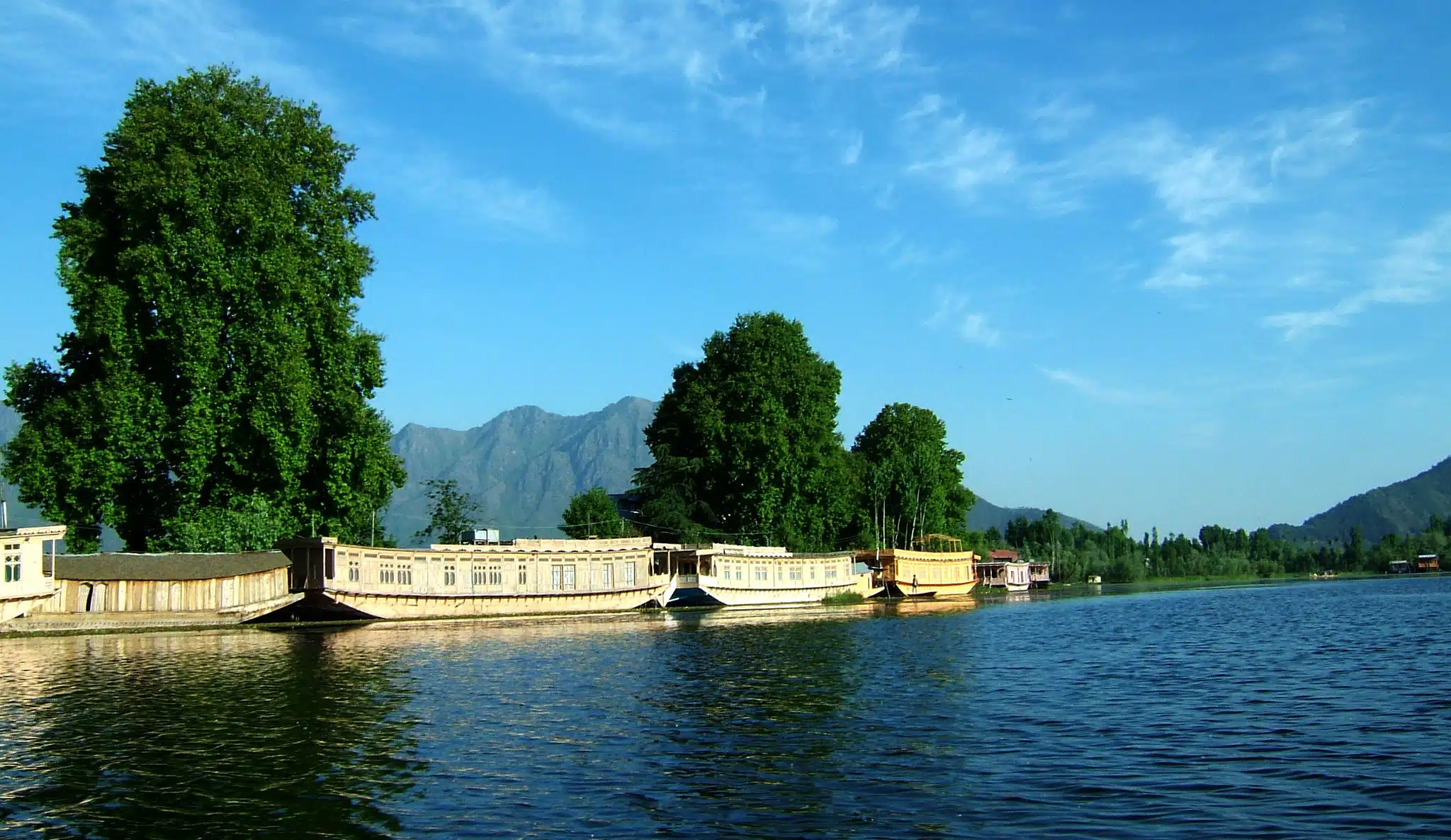
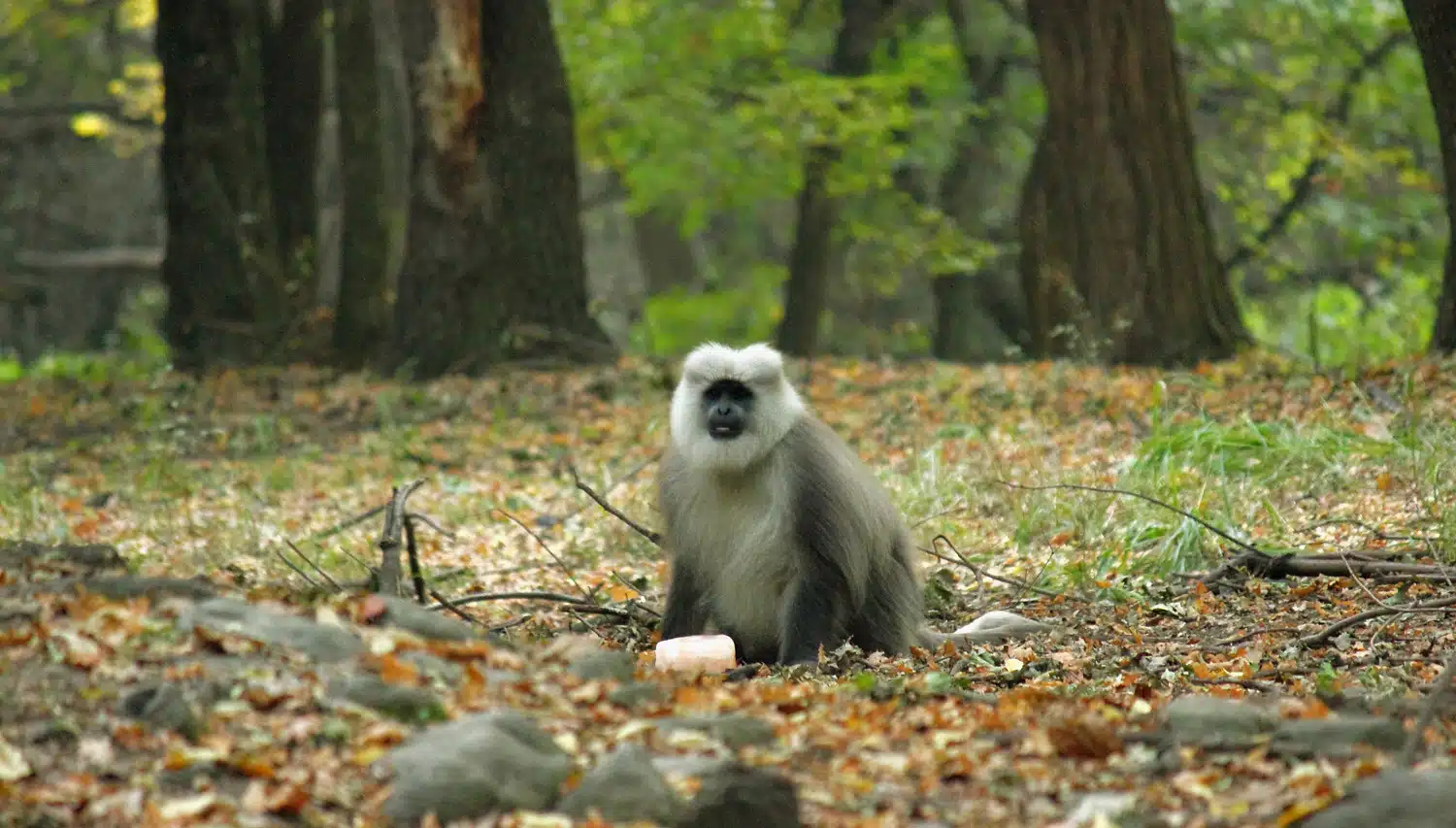
 Call Now
Call Now Chat With Us
Chat With Us